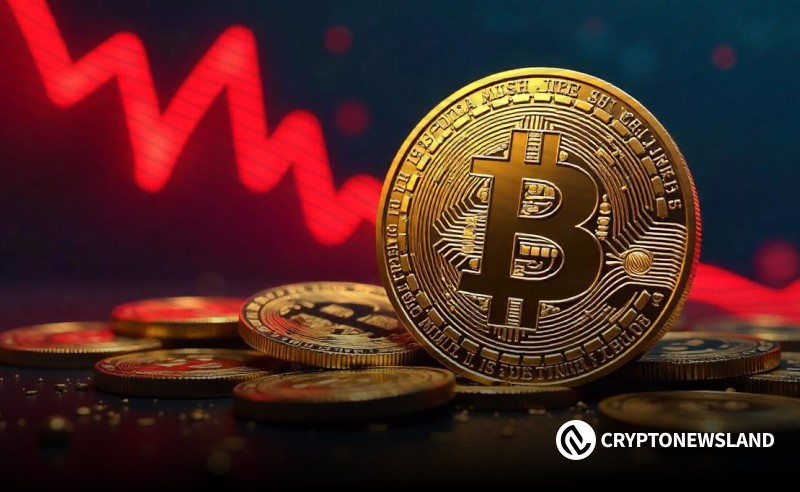
Coin-related
Price calculator
Price history
Price prediction
Technical analysis
Coin buying guide
Crypto category
Profit calculator

Orderly Network priceORDER
How do you feel about Orderly Network today?
Price of Orderly Network today
What is the highest price of ORDER?
What is the lowest price of ORDER?
Orderly Network price prediction
What will the price of ORDER be in 2026?
What will the price of ORDER be in 2031?
Orderly Network price history (USD)
 Lowest price
Lowest price Highest price
Highest price 
Orderly Network market information
Orderly Network market
Orderly Network holdings by concentration
Orderly Network addresses by time held

Orderly Network ratings
About Orderly Network (ORDER)
What Is Orderly Network?
Orderly Network is a decentralized orderbook protocol designed to provide a high-performance, low-latency trading infrastructure. It integrates an orderbook-based trading system with a robust liquidity layer, offering both spot and perpetual futures trading. Unlike traditional trading platforms, Orderly Network operates at the core of the ecosystem, providing essential services without a direct user interface, enabling anyone to create trading applications utilizing its infrastructure.
The platform aims to bridge the gap between centralized and decentralized exchanges by combining the best features of both. It provides the performance and efficiency of centralized exchanges (CEXs) with the transparency and security of decentralized exchanges (DEXs). This hybrid approach allows Orderly Network to offer an advanced trading experience while ensuring full self-custody and on-chain transparency.
How Orderly Network Works
Orderly Network functions through a modular architecture built on the NEAR Protocol, designed to aggregate and simplify liquidity across various blockchain networks. At its core is the Central Limit Order Book (CLOB), which utilizes a hybrid model to offer centralized exchange performance and decentralized exchange transparency. The CLOB ensures all orders are settled and stored on the blockchain, enhancing security and preventing market manipulation.
The network's infrastructure is divided into three main components: the Asset Layer, Settlement Layer, and Engine Layer. The Asset Layer, or Asset Vaults, resides on each supported blockchain and handles user interactions related to registration, deposits, and withdrawals. This is where user funds are stored. The Settlement Layer (Orderly L2) acts as a transaction ledger, storing transaction and user data without direct user interaction. The Engine Layer manages orders and trade execution, including the matching engine and risk management services. Orders from different chains converge here, unifying liquidity and making the system chain-agnostic.
Orderly Network's omnichain approach allows for seamless cross-chain trading. This is facilitated by LayerZero, which ensures smooth and efficient transactions between the different layers. By eliminating the need for complex bridging processes, Orderly Network simplifies cross-chain transactions, providing users with a more efficient and interconnected DeFi experience.
Moreover, Orderly Network incorporates several features to protect users from Miner Extractable Value (MEV), a type of arbitrage that can exploit transaction delays. These features include fast matching, transaction batching, and on-chain settlement, all of which help to minimize the risk of MEV attacks.
Who Founded Orderly Network?
Orderly Network was founded by Ran Yi and Terence Ng, both of whom bring significant experience from the blockchain industry. The project is backed by a team dedicated to bridging the best aspects of centralized and decentralized finance. Key investors supporting Orderly Network include prominent names such as Pantera, GSR, Dragonfly Capital, Jump Crypto, and Sequoia Capital China.
In summary, Orderly Network is designed to revolutionize decentralized trading by combining the strengths of CEXs and DEXs, simplifying cross-chain transactions, and fostering a more interconnected DeFi ecosystem. Its innovative infrastructure and dedicated team position it as a significant player in the evolving landscape of decentralized finance.
Related Articles about Orderly Network:
Orderly Network (ORDER): A New Frontier in Decentralized Trading
ORDER to local currency
- 1
- 2
- 3
- 4
- 5
How to buy Orderly Network(ORDER)

Create Your Free Bitget Account

Verify Your Account

Convert Orderly Network to ORDER
Trade ORDER perpetual futures
After having successfully signed up on Bitget and purchased USDT or ORDER tokens, you can start trading derivatives, including ORDER futures and margin trading to increase your income.
The current price of ORDER is $0.1066, with a 24h price change of +2.11%. Traders can profit by either going long or short onORDER futures.
Join ORDER copy trading by following elite traders.
Orderly Network news




Buy more
FAQ
What is the current price of Orderly Network?
What is the 24 hour trading volume of Orderly Network?
What is the all-time high of Orderly Network?
Can I buy Orderly Network on Bitget?
Can I get a steady income from investing in Orderly Network?
Where can I buy Orderly Network with the lowest fee?
Where can I buy Orderly Network (ORDER)?
Video section — quick verification, quick trading

ORDER resources
Bitget Insights





Related assets

































